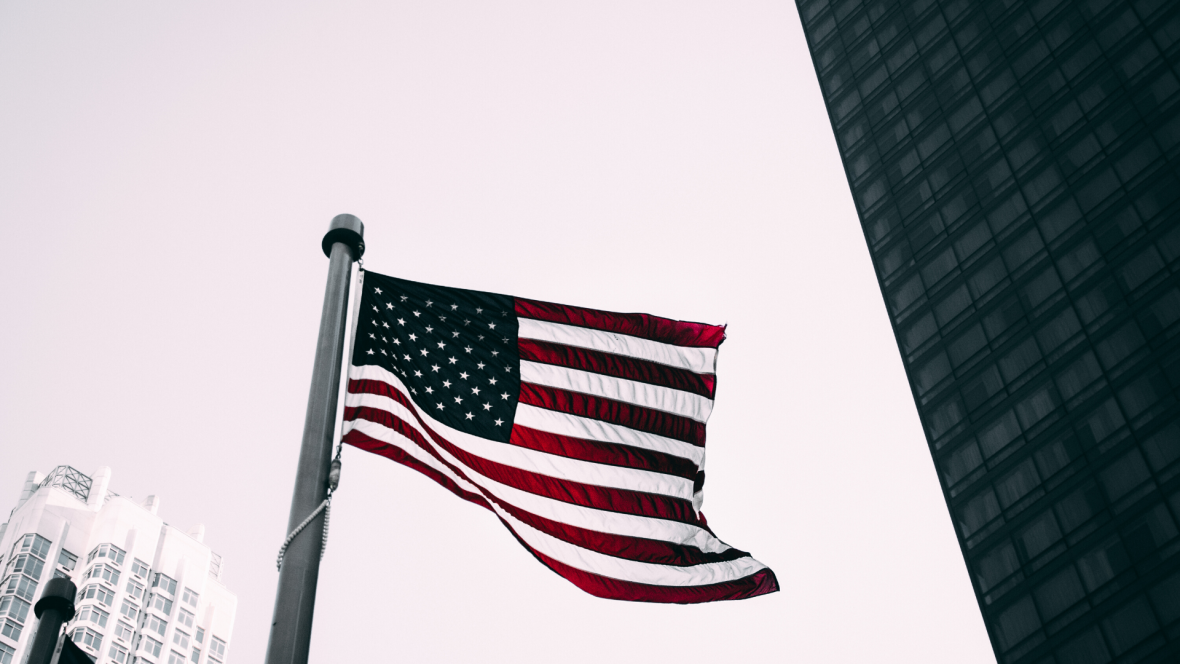
An Overview of SBA Programs to Address the Covid-19 Crisis
April 3rd, 2020
With the coronavirus pandemic slowing economic activity, small businesses — including those owned by wealth managers, financial planners, and some of their clients — are hungry for cash infusions to get through the next few months.
In response, President Trump recently signed into law a $2.2 trillion stimulus package — officially the Coronavirus Aid, Relief and Economic Security, or “CARES,” Act. The law earmarks roughly $350 billion for low-interest small-business loans made through June 30. This facility operates mainly through the 7(a) loan program of the Small Business Administration, which is an agency of the US government.
What are the Parameters of the Revamped 7(a) Lending Program?
Here are some crucial takeaways about this aggressive business-continuity program.
Under the CARES Act, the 7(a) program has temporarily been renamed the Paycheck Protection Program.
CARES defines “small businesses” as privately owned corporations, partnerships, or sole proprietorships with no more than 500 employees, although there are exceptions to this limit for certain industries.
Loans made under the Paycheck Protection Program are typically equal to 2.5 times the borrower’s monthly payroll expenses, and are capped at $10 million (double the usual amount for SBA 7(a) loans).
In another exception to normal rules, the SBA provides a loan guarantee rate of 100% (up from 75% to 85%).
These loans require no personal guarantees, collateral or fees from borrowers.
Interest on these loans is capped at 100 basis points or 1.0%, with no payment due for six months.
Money borrowed under the Paycheck Protection Program that is used for employment-related purposes in the eight weeks following the date of the loan’s origination may be forgiven. This will require a formal application for forgiveness backed by relevant documentation. The SBA says it will process and respond to such applications within 60 days.
Laid-off employees must be rehired by June 30, 2020, for companies to recoup, in the form of loan forgivenesses, wages paid using borrowed funds.
A Paycheck Protection Program loan can cover expenses incurred between Feb. 15, 2020, and June 30, 2020.
Are There Any Flies in the Paycheck Protection Program Ointment?
Unfortunately, there are several. The Paycheck Protection Program requires the participation of SBA-approved lenders — typically banks and credit unions — to front the loans, whose repayment, it bears repeating, is fully guaranteed by the SBA.
Meanwhile many would-be lenders complain of an enrollment rush that could overwhelm banks’ capacity to process loan applications.
How is the Paycheck Protection Program Supposed to Help the US Economy?
Paycheck Protection Program loans are intended to provide economic benefits to communities. The Cares Act emphasizes that the loans are primarily meant to help enterprises keep workers on their payrolls. Labor Department data shows initial unemployment claims have skyrocketed in response to a global business freeze caused by the pandemic.
Other sanctioned uses for these emergency loans include:
Parental, family, or sick leave
Rents
Retirement benefits
Utilities
Vacation pay
Group healthcare benefits
Interest on mortgage and other debt obligations incurred before Feb. 15, 2020
Local employment taxes
Does the CARES Act Change Other SBA Lending Programs?
It certainly does. In addition to the Payroll Protection Program, the CARES Act has a direct and powerful impact on other SBA lending programs — and independent financial advisors should know about these alternatives.
For one thing, the SBA’s Express Loan program has increased maximum loan amounts to $1 million from $350,000.
Business Owners Should Also Consider an SBA Disaster Loan
Most interesting to small business owners looking for immediate support for their efforts around business continuity may be the SBA’s Emergency Economic Injury Disaster Loan — which CARES has altered through September 30 in the following ways.
Borrowers don’t have to put up personal guarantees for loans under $200,000
Borrowers aren’t required to have been in business for at least a year.
Borrowers don’t have to demonstrate they can’t get credit elsewhere.
Borrowers can apply for EIDLs and Paycheck Protection Program loans at the same time provided the funds received are put to different uses.
For some businesses with pre-existing SBA loans, the agency will pay the principal, interest and linked fees for six months.
Interest is capped at 3.75%
Every US state, territory and district has been declared a disaster area by the federal government. As a result, most US businesses are eligible to apply for an EIDL.
A $10,000 Advance Your Business May Not Have to Pay Back
There is another aspect of an EIDL under the CARES Act that merits every business owners attention.
The new law says borrowers may get an emergency advance of up to $10,000, supposedly within three days of applying for an EIDL starting April 6. Here’s the crazy part: even if the EIDL application is denied and no loan is forthcoming, the maximum $10,000 advance may not have to be paid back.
We checked with the SBA on this apparent largesse. The agency’s response: “The $10,000 advance is apparently a grant.”